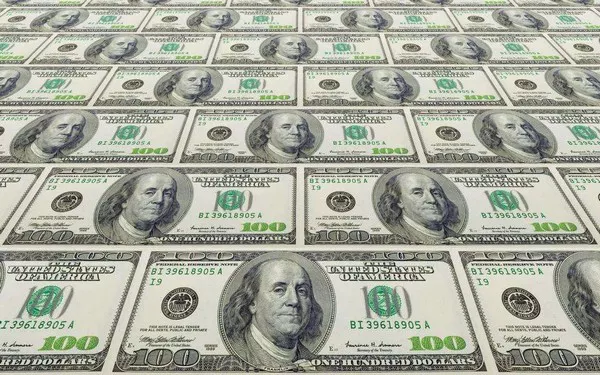In the intricate web of global finance, one crucial aspect that continually captivates the attention of businesses, investors, and individuals alike is the exchange rate between the world’s major currencies. Among these, the USD to EUR exchange rate is of particular interest, serving as a barometer for economic health and influencing international trade. In this article, we delve into the nuances of the current USD exchange rate, specifically examining the dynamics of dollars to euros.
Current Exchange Rate Analysis
Historical Context
To understand the present, one must reflect on the past. The historical context of the USD to EUR exchange rate unveils a tapestry of economic events and policy decisions that have shaped the relationship between these two formidable currencies. Over the last decade, the exchange rate has experienced fluctuations influenced by factors ranging from monetary policy shifts to geopolitical tensions.
Recent Trends in Dollars to Euros
A closer look at the most recent trends in the exchange rate from dollars to euros reveals a nuanced story. As of the latest data available, the exchange rate stands at 1 USD to 0.92 EUR. This means that for every US dollar, you would receive 0.92 euros in return. Understanding this specific amount is crucial for businesses engaged in international trade, as it directly impacts the cost of goods and services across borders.
Factors Influencing the Exchange Rate
Economic Indicators
Economic indicators play a pivotal role in determining the direction of the USD to EUR exchange rate. Key metrics such as GDP growth, inflation rates, and employment figures in both the United States and the Eurozone can sway investor sentiment, influencing demand for dollars to euros.
Central Bank Policies
Central banks, including the Federal Reserve in the United States and the European Central Bank, wield significant influence over exchange rates. Monetary policies, interest rate decisions, and quantitative easing measures can cause fluctuations in the exchange rate from dollars to euros, as witnessed in recent years.
See Also: Understanding the Significance of USD: Unraveling the Meaning and Impact
Global Trade Dynamics
Trade Balances
The exchange rate between the USD and EUR is intricately linked to the trade balances of the United States and the Eurozone. A trade surplus in one region may strengthen its currency relative to the other, affecting the dollars to euros conversion rate.
Tariffs and Trade Agreements
Geopolitical events such as trade agreements and tariffs can have a profound impact on the USD to EUR exchange rate. Trade tensions between the United States and the European Union, for example, may cause fluctuations as markets respond to the uncertainty created by such geopolitical moves.
Investor Sentiment and Market Speculation
Risk Appetite and Safe-Haven Status
The USD has long been considered a safe-haven currency, and fluctuations in global risk appetite can influence the dollars to euros exchange rate. During times of economic uncertainty, investors may flock to the relative stability of the US dollar, impacting its value against the euro.
Currency Speculation
Market speculation and currency trading activities also contribute to the dynamic nature of the exchange rate from dollars to euros. Traders and institutional investors closely monitor economic indicators and geopolitical events, making strategic decisions that can trigger short-term fluctuations.
Impact on Businesses and Consumers
International Trade Considerations
For businesses engaged in international trade, understanding the current USD to EUR exchange rate is paramount. Fluctuations can impact the cost of imports and exports, influencing pricing strategies and profit margins.
Travel and Tourism
On an individual level, the exchange rate from dollars to euros has a direct impact on travel and tourism. Holidaymakers planning a trip to Europe, for instance, must consider the prevailing exchange rate as it determines the purchasing power of their dollars abroad.
Conclusion
In conclusion, the current USD exchange rate from dollars to euros is a multifaceted metric shaped by economic indicators, central bank policies, global trade dynamics, and market sentiment. As businesses and individuals navigate this intricate landscape, staying informed about the factors influencing the exchange rate is crucial for making sound financial decisions. The specific amount of 1 USD to 0.92 EUR provides a snapshot of the current state, but it is the understanding of the underlying factors that empowers stakeholders to anticipate and adapt to the ever-evolving dynamics of the global economy.
Related Topics:
Unlocking the Secrets of Finding the Best Dollar Exchange Rate
Who is Hurt by a Stronger Dollar? Here’s What We Think!
Is a Strong Dollar Good for the Stock Market & Economy?


























